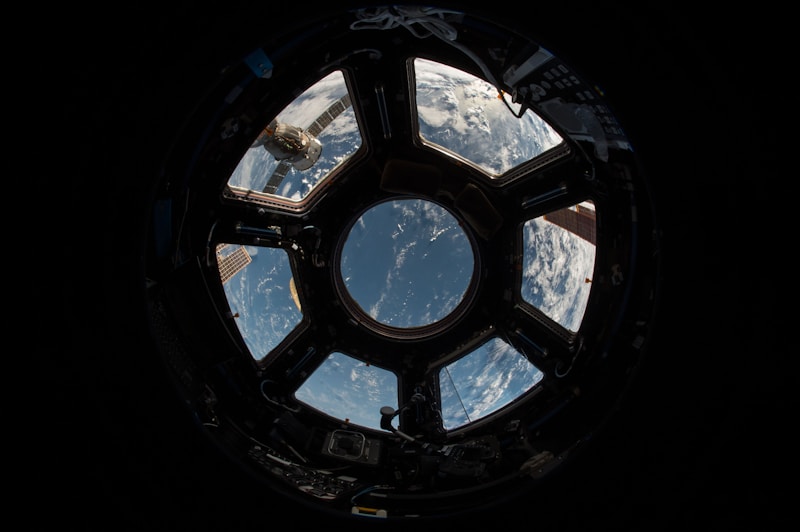24 Questions
What is an advantage of the pultrusion process?
Fibre cost is minimised since the majority is taken from a creel
What is a common application of Resin Transfer Moulding (RTM)?
Manufacturing of small complex aircraft and automotive components
What type of resin is unsuitable for use in Resin Transfer Moulding (RTM)?
Honeycomb
What is a benefit of using stitched materials in Resin Transfer Moulding (RTM)?
They allow for rapid resin transport
What is an advantage of the pultrusion process in terms of resin impregnation?
The resin impregnation area can be enclosed thus limiting volatile emissions
What is a characteristic of the Resin Transfer Moulding (RTM) process?
It uses a second mould tool to clamp over the first
What is a benefit of the Resin Transfer Moulding (RTM) process?
It produces high fibre volume laminates with very low void contents
What type of fibre can be used in the Resin Transfer Moulding (RTM) process?
Any type of fibre
What is the primary resin used in the spray lay-up process?
Polyester
What is a major limitation of the spray lay-up process?
Laminates tend to be very resin-rich and therefore excessively heavy.
What is a advantage of the spray lay-up process?
Low cost way of quickly depositing fibre and resin.
What type of fibre is commonly used in the spray lay-up process?
Glass roving
What is a common application of the spray lay-up process?
Simple enclosures and lightly loaded structural panels
What is a disadvantage of the resins used in the spray lay-up process?
High styrene content
What is a characteristic of the wet lay-up process?
Impregnates resins into fibres using rollers or brushes
What is a benefit of the spray lay-up process in terms of tooling?
Low-cost tooling is required
What is a common issue with using polyesters and vinylesters in vacuum bagging?
They may have problems due to excessive extraction of styrene from the resin by the vacuum pump
What is a benefit of vacuum bagging in terms of fibre content?
It achieves a higher fibre content
What is a consideration when selecting fibres for filament winding?
The fibre is used straight from a creel
What is a typical application of filament winding?
Chemical storage tanks and pipelines
What is a disadvantage of vacuum bagging in terms of cost?
It is a high-cost process due to labour and materials
What is a benefit of vacuum bagging in terms of health and safety?
It reduces the amount of volatiles emitted during cure
What is a characteristic of resin options for filament winding?
Any resin can be used
What is a consideration when selecting a manufacturing process?
The process must be high-cost and high-skill
Study Notes
Composite Manufacturing Processes
Vacuum Bagging
- Uses epoxy, phenolic, polyester, and vinylester resins
- Suitable for large, one-off cruising boats, racecar components, and core-bonding in production boats
- Advantages:
- Higher fibre content laminates
- Lower void contents
- Better fibre wet-out
- Reduced volatile emissions
- Disadvantages:
- Higher cost due to labour and disposable bagging materials
- Requires higher operator skill level
- Exposure to volatiles still higher than infusion or prepreg processing
Filament Winding
- Used for hollow, circular or oval sectioned components (e.g., pipes, tanks)
- Materials: any resin (e.g., epoxy, polyester, vinylester, phenolic), fibre tows, and cores
- Advantages:
- Fast and economic process
- Accurate resin content control
- Minimised fibre cost
- Good structural properties
- Limited volatile emissions
- Disadvantages:
- Limited to constant or near-constant cross-section components
- High heated die costs
Resin Transfer Moulding (RTM)
- Process: fabrics are laid up as a dry stack, pre-pressed, and injected with resin
- Materials: epoxy, polyester, vinylester, and phenolic resins, with any fibre type
- Advantages:
- High fibre volume laminates with low void content
- Suitable for complex aircraft and automotive components
- No notable disadvantages mentioned
Spray Lay-up
- Description: fibre is chopped and sprayed with catalysed resin onto a mould
- Materials: polyester resin and glass roving
- Typical applications: simple enclosures, lightly loaded structural panels (e.g., caravan bodies, truck fairings)
- Advantages:
- Widely used and low-cost
- Quick deposition of fibre and resin
- Low-cost tooling
- Disadvantages:
- Laminates are resin-rich and heavy
- Only short fibres are incorporated, limiting mechanical properties
- Resins have low viscosity, compromising mechanical and thermal properties
- High styrene content and potential health hazards
Wet Lay-up
- Description: resins are impregnated by hand into fibres (woven, knitted, stitched, or bonded fabrics)
- Materials: various resins and fibre types
- No notable advantages or disadvantages mentioned
Vacuum bagging is a process used in composite material manufacturing, particularly in boat building and automotive industries. It allows for higher fibre content laminates and is often used for large, one-off projects.
Make Your Own Quizzes and Flashcards
Convert your notes into interactive study material.
Get started for free



